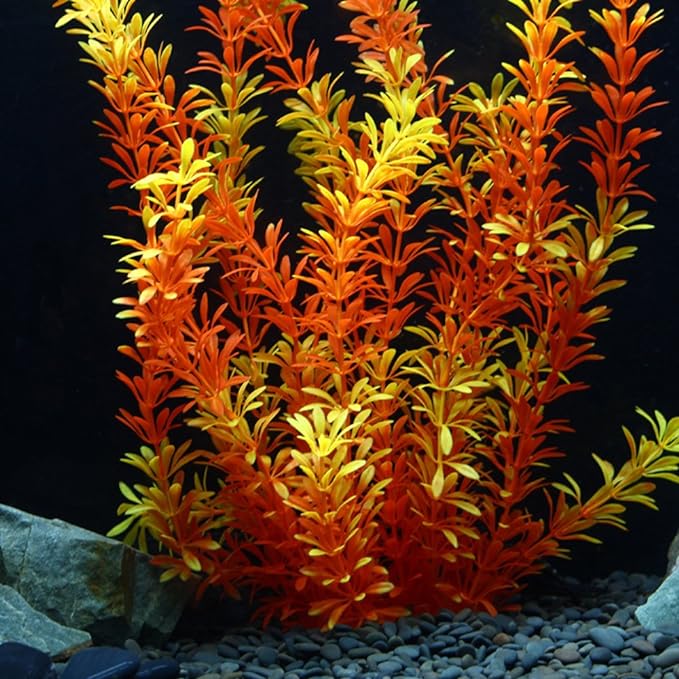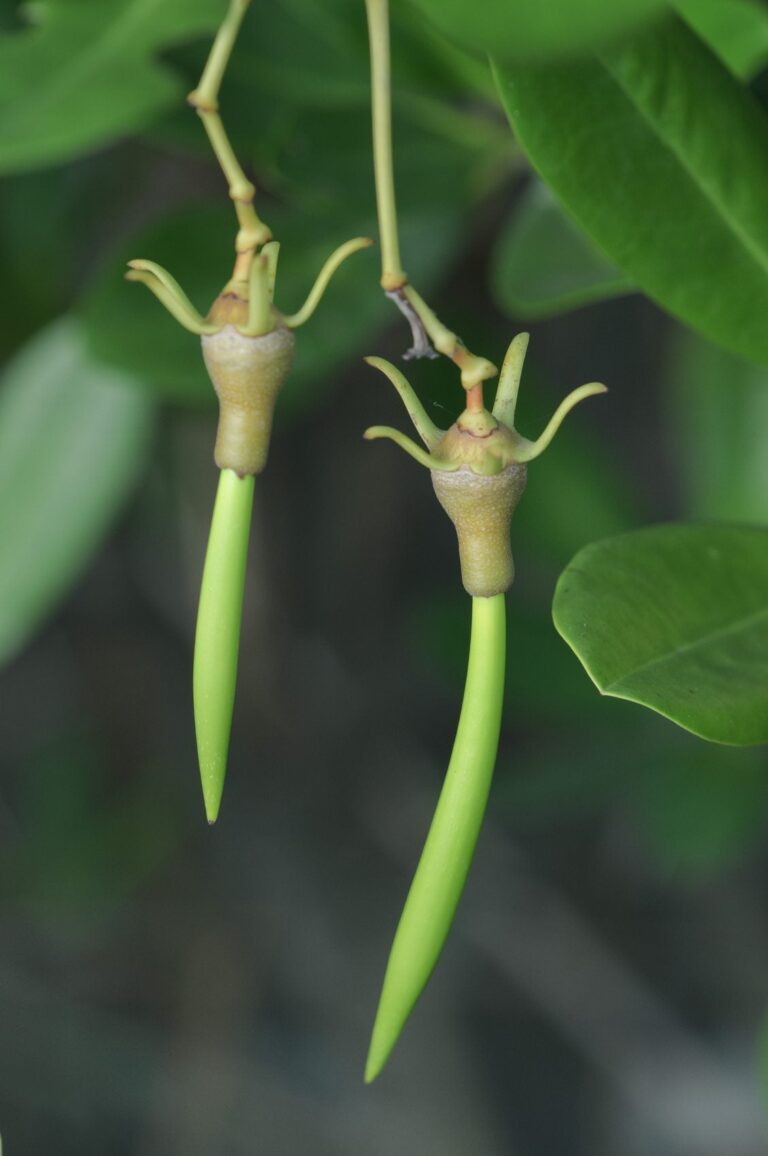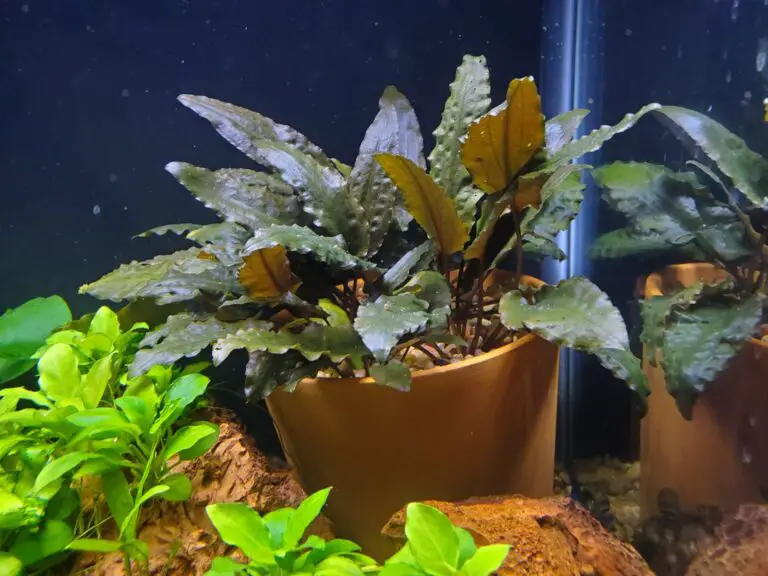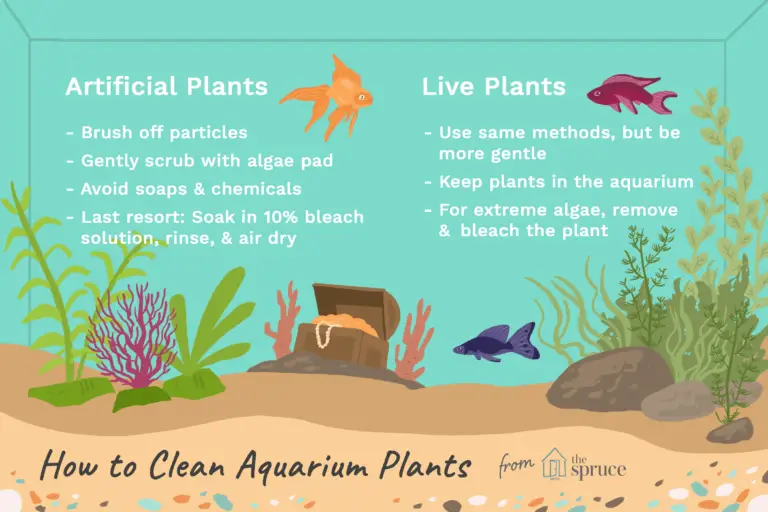Aquarium Plants Yellowing
Aquarium Plants Yellowing: Causes and Solutions
Aquarium plants turning yellow can be a frustrating and concerning issue for aquarium enthusiasts. Yellowing plants not only detract from the overall aesthetic of the tank but can also indicate underlying problems with water quality, lighting, or nutrient deficiencies. In this article, we will explore the various causes of aquarium plants yellowing and discuss effective solutions to restore their health and vibrancy.
A healthy and lush aquarium plant ecosystem is not only visually appealing but also essential for maintaining water quality and providing a natural habitat for fish and other aquatic creatures. When aquarium plants start to turn yellow, it is often a sign that something is amiss. Understanding the causes of yellowing plants is crucial in order to address the issue effectively and restore the plants to their vibrant green color.
Poor Lighting
One of the most common causes of yellowing aquarium plants is inadequate lighting. Just like any other plant, aquarium plants require sufficient light to grow and thrive. Insufficient light can lead to slow or stunted growth, causing the leaves to turn yellow and eventually die off.
To ensure your aquarium plants are receiving the right amount of light, it is important to consider the specific lighting requirements of each plant species. Some plants, such as Cryptocoryne and Anubias, prefer low to moderate lighting levels, while others, such as stem plants like Cabomba and Ludwigia, require high-intensity lighting.

If you notice yellowing in your aquarium plants, assess your lighting setup. Consider factors such as the type of light bulbs used, their wattage, and the duration of light exposure. Upgrading your lighting system or adjusting the lighting schedule may help alleviate the issue.
Nutrient Deficiencies
Another common reason for yellowing aquarium plants is nutrient deficiencies. Just like any other plant, aquarium plants require a balance of essential nutrients to thrive. When these nutrients are lacking, plants can exhibit yellowing leaves as a result.
Different nutrients play different roles in plant growth and development. Macronutrients such as nitrogen (N), phosphorous (P), and potassium (K) are essential for overall plant health. Micronutrients like iron (Fe), magnesium (Mg), and manganese (Mn) are also necessary in smaller quantities.
To address nutrient deficiencies, consider using a comprehensive liquid fertilizer specifically formulated for aquarium plants. These fertilizers typically contain a balanced mix of essential nutrients that can help restore the health and vibrancy of yellowing plants.
CO2 Imbalance
Carbon dioxide (CO2) is a crucial element for photosynthesis in aquarium plants. Without sufficient CO2, plants are unable to produce the energy they need to grow and maintain their green color. Insufficient levels of CO2 can cause plants to yellow and weaken.
Consider adding a CO2 system to your aquarium setup to ensure an adequate supply of carbon dioxide. CO2 injection systems come in various forms, including DIY yeast reactors and pressurized CO2 setups. Monitoring and maintaining the appropriate CO2 levels can help prevent yellowing and promote healthy plant growth.
Water Quality Issues
Water quality plays a vital role in the health of aquarium plants. Poor water parameters can lead to stress and nutrient imbalances, resulting in yellowing and deteriorating plants. Common water quality issues that can cause yellowing include high ammonia or nitrate levels, poor pH balance, and excessive hardness.
Regularly testing your aquarium water parameters using reliable test kits can help identify potential problems. Take appropriate measures to address any issues that arise, such as partial water changes, adjusting the pH levels, or utilizing water conditioners to remove harmful chemicals.
Algae Overgrowth
Algae overgrowth can also contribute to yellowing plants. When algae compete with aquarium plants for light, nutrients, and space, the plants can suffer and turn yellow. Algae can block light from reaching the plants and outcompete them for essential nutrients.
To combat algae overgrowth, it is important to maintain a balanced ecosystem within the aquarium. Proper filtration, regular water changes, and maintaining an appropriate nutrient balance can help prevent excessive algae growth. Additionally, introducing algae-eating fish or invertebrates, such as Siamese algae eaters or nerite snails, can help control the algae population.
Frequently Asked Questions
Q: How can I prevent my aquarium plants from turning yellow?
To prevent yellowing of aquarium plants, ensure adequate lighting, provide essential nutrients through fertilizers, maintain proper CO2 levels, monitor and maintain water quality, and prevent algae overgrowth.
Q: Can yellowing aquarium plants recover?
In many cases, yellowing aquarium plants can recover with the right care and attention. By addressing the underlying causes, such as lighting issues, nutrient deficiencies, or water quality problems, you can help restore the health and vibrancy of the plants.
Q: Do I need to remove yellowing leaves from the aquarium?
It is generally recommended to remove yellowing leaves from the aquarium to maintain the overall appearance and health of the plants. Yellowing leaves are often an indication that the plant is not receiving adequate nutrients or light, and removing them can promote new growth.
Final Thoughts
Keeping your aquarium plants in optimal health and preventing yellowing requires attention to various factors, including lighting, nutrients, CO2 levels, water quality, and algae control. By addressing these aspects and providing the necessary care, you can ensure vibrant and thriving plants in your aquarium. Regular monitoring, appropriate adjustments, and proactive maintenance will contribute to a beautiful and flourishing aquatic environment for both your plants and fish.





